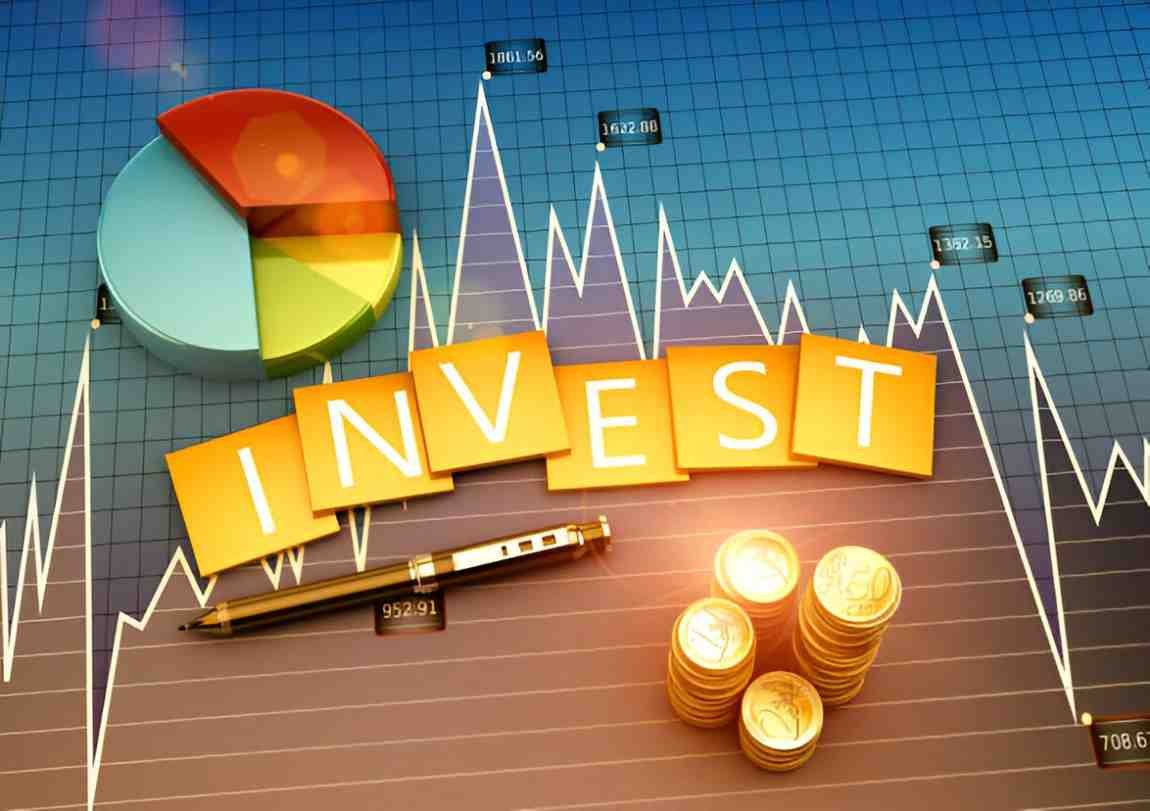Investing can feel overwhelming, especially with the sheer number of options available. One popular choice among investors is iShares, a family of exchange-traded funds (ETFs) managed by BlackRock. But are iShares a good investment? Let’s explore this question in detail, covering everything from their structure to practical examples and comparisons.
Table of Contents
What Are iShares?
iShares are ETFs designed to track the performance of specific indexes, sectors, or asset classes. They allow investors to gain exposure to a broad range of markets and industries without needing to buy individual stocks. ETFs like iShares combine the diversification of mutual funds with the liquidity of individual stocks. This hybrid nature makes them attractive for many investors.
Key Features of iShares
- Diversification: By purchasing a single iShares ETF, you can gain exposure to dozens or even hundreds of securities.
- Cost-Effectiveness: They typically have lower expense ratios compared to mutual funds.
- Liquidity: iShares trade on stock exchanges, so you can buy or sell them throughout the trading day at market prices.
- Transparency: Holdings are publicly available and updated daily.
- Tax Efficiency: ETFs generally incur fewer capital gains taxes than mutual funds.
Advantages of Investing in iShares
1. Low Fees
The expense ratios of iShares ETFs are among the lowest in the industry. For example, the iShares Core S&P 500 ETF (ticker: IVV) has an expense ratio of just 0.03%, which means you pay $3 annually for every $10,000 invested. In contrast, the average mutual fund may charge over 1%.
2. Broad Market Exposure
With iShares, you can invest in various sectors, regions, and asset classes. From global equities to niche sectors like clean energy, there’s an iShares ETF for almost any investment strategy.
3. Flexibility
Unlike mutual funds, ETFs like iShares can be traded like stocks. You can set limit orders, stop-loss orders, or even short-sell iShares ETFs, giving you more control over your investment strategy.
4. Customizability
Investors can use iShares to build a tailored portfolio. For instance, you could combine a U.S. equity ETF, an international bond ETF, and a real estate ETF to achieve diversification.
Drawbacks of iShares
While iShares offer many benefits, they’re not without drawbacks:
- Trading Costs: Frequent trading can erode your returns due to commissions and bid-ask spreads.
- Market Risk: Like any investment, iShares are subject to market fluctuations. For instance, during the 2020 COVID-19 pandemic, many ETFs saw significant declines.
- Complexity: With hundreds of options, choosing the right iShares ETF can feel daunting.
How Do iShares Compare to Other ETFs?
Here’s a comparison table to illustrate how iShares stack up against two competitors: Vanguard ETFs and SPDR ETFs.
| Feature | iShares | Vanguard ETFs | SPDR ETFs |
|---|---|---|---|
| Expense Ratios | Low (e.g., 0.03%) | Very low (e.g., 0.03%) | Low to moderate |
| Product Range | Extensive | Moderate | Extensive |
| Liquidity | High | High | High |
| Management | BlackRock (World’s largest asset manager) | Vanguard (Investor-owned) | State Street Global Advisors |
| Innovation | Focused on ESG and thematic ETFs | Focused on low-cost indexing | Known for SPY, the first ETF |
Practical Example: Investing in iShares Core S&P 500 ETF (IVV)
Let’s consider a hypothetical example. Suppose you have $50,000 to invest and are considering IVV. Over the last decade, the S&P 500 has delivered an average annual return of 10%.
- Initial Investment: $50,000
- Annual Return: 10%
- Expense Ratio: 0.03%
Using these assumptions, here’s how your investment could grow over 10 years:
| Year | Beginning Balance | Return (10%) | Fees (0.03%) | Ending Balance |
|---|---|---|---|---|
| 1 | $50,000 | $5,000 | $15 | $54,985 |
| 2 | $54,985 | $5,499 | $16.50 | $60,468.50 |
| 3 | $60,468.50 | $6,046.85 | $18.14 | $66,497.21 |
| … | … | … | … | … |
| 10 | $117,390.85 | $11,739.09 | $35.22 | $129,094.72 |
By year 10, your initial $50,000 could grow to approximately $129,095, after accounting for fees. This demonstrates the power of compounding returns and low costs.
Are iShares Right for You?
Whether iShares are a good investment depends on your goals, risk tolerance, and investment horizon. Here are some scenarios:
- For Long-Term Investors: If you’re saving for retirement or other long-term goals, iShares Core ETFs, like IVV or IEMG (iShares Core MSCI Emerging Markets ETF), are excellent choices due to their low costs and broad diversification.
- For Income Seekers: Consider iShares bond ETFs, such as AGG (iShares Core U.S. Aggregate Bond ETF), which offer stable income streams.
- For Thematic Investors: If you’re interested in specific trends, iShares thematic ETFs like ICLN (iShares Global Clean Energy ETF) provide targeted exposure.
Tax Considerations
ETFs, including iShares, are tax-efficient because of their unique creation and redemption process. Unlike mutual funds, ETFs typically do not distribute capital gains unless there’s a significant portfolio restructuring. However, you’ll still pay taxes on dividends and realized gains from selling shares.
For example:
- Qualified Dividends: Taxed at a lower rate (e.g., 15%).
- Short-Term Gains: Taxed as ordinary income.
- Long-Term Gains: Taxed at a reduced rate if held for over a year.
Conclusion
iShares ETFs are a solid investment option for those seeking diversification, low costs, and flexibility. They cater to a wide range of strategies, from conservative income generation to aggressive growth targeting. However, like any investment, they come with risks. Always consider your individual financial goals and consult with a financial advisor if unsure.
In my view, iShares represent a valuable tool in the modern investor’s toolkit. Their accessibility, variety, and cost-effectiveness make them a compelling choice for building a diversified portfolio. Whether you’re a seasoned investor or just starting out, iShares can help you achieve your financial objectives. Remember, the best investment is one that aligns with your unique needs and circumstances.





